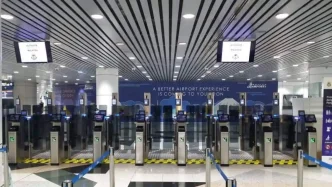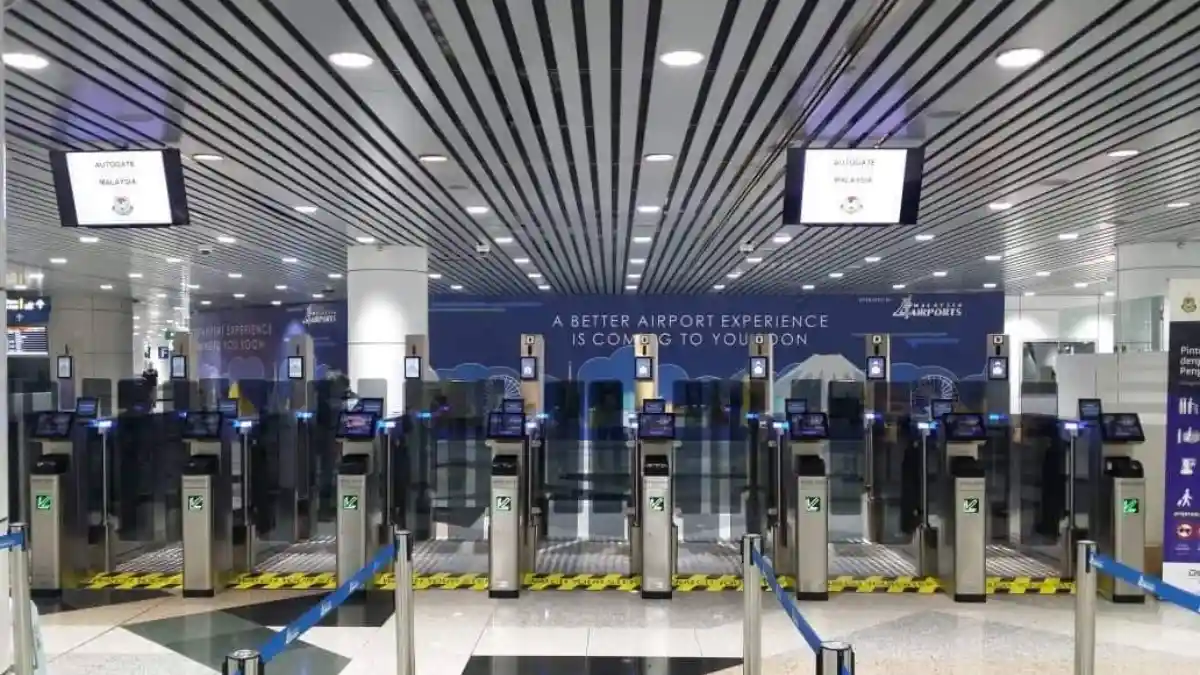A major technical failure in Malaysia’s autogate system stranded over 380,000 foreign travelers at key entry points for two days, marking one of the worst disruptions in recent years. The issue, which affected more than 200 autogate machines nationwide, was resolved late on July 20, 2025, but not before causing significant delays at the Bangunan Sultan Iskandar Customs, Immigration and Quarantine Complex (BSI CIQ) in Johor Baru and Kuala Lumpur International Airport (KLIA).
Chaos at Border Crossings
The disruption began on July 19, 2025, when a technical glitch in the integration between Malaysia’s MyIMMS database and an international authoritative body’s system caused widespread delays. At BSI CIQ in Johor Baru, a critical crossing point for travelers from Singapore, long queues stretched for hours as immigration processes ground to a halt. The complex, which operates 39 autogates for exit and 29 for entry, became a bottleneck for tens of thousands of visitors over the weekend.
Comm Datuk Seri Mohd Shuhaily Mohd Zain, director-general of the Malaysian Border Control and Protection (AKPS), addressed the issue on July 20 at KLIA Terminal 1. “As we speak, everything is already up and running” he assured reporters, confirming that the autogate system had been restored late on Saturday night. He explained that the glitch stemmed from a database integration problem, though the root cause remains under investigation. “At this time, we do not think [it is a cyberattack], and I do not want to give any perception that could worsen the situation” he added cautiously.
The impact was felt most acutely at land border crossings in Johor, where many Singaporean visitors were caught in gridlock at both BSI CIQ and the nearby Kompleks Sultan Abu Bakar (KSAB) Customs, Immigration and Quarantine complex. Reports of travelers waiting up to five hours surfaced, with images of crowded halls circulating widely in regional media. By midnight on July 20, however, officials noted that crowds at BSI had thinned out significantly, signaling a return to normalcy.
Traveler Experiences Highlight Frustration
For many affected by the disruption, the ordeal was a test of patience. A Singaporean visitor, identified only as Lim, expressed relief at the resolution, having traveled to Johor Baru for a funeral on July 21. “I saw photos of the huge crowds on Friday and Saturday, and it looked really bad. Imagine queuing for four to five hours” he told reporters. “Today, when I entered the bus hall, the place was empty, and I cleared immigration within 20 minutes.”
Another Singaporean, who gave her name as Salmah, had delayed her trip to visit relatives after seeing media reports of the chaos on July 20. “I am glad that there was no crowd just now and that immigration officers were also around to ensure everything was smooth flowing” she said on July 21. Salmah voiced a common concern among travelers, urging authorities to develop a robust backup plan for future system failures. “Many of my friends wanted to come to Johor over the weekend, but they changed their minds” she noted.
Systemic Challenges and Response
The scale of the disruption underscored the reliance on digital infrastructure at Malaysia’s border checkpoints. Since June 1, 2024, autogates have been accessible to visitors from 63 countries, as well as diplomats and their families stationed in Malaysia, offering faster clearance compared to manual lanes. However, with over 200 machines affected nationwide, the failure exposed vulnerabilities in the system. At KLIA, long queues disrupted operations, while land crossings in Johor bore the brunt of the delays due to high volumes of cross-border traffic from Singapore.
In response, AKPS opened all manual lanes to process travelers and issued public announcements advising people to postpone or alter their travel plans. “That’s the best that we can do to reduce the number of people coming into the country” Comm Mohd Shuhaily explained. While these measures helped mitigate the immediate crisis, questions linger about the preparedness of authorities to handle such large-scale technical failures.
The incident has also prompted scrutiny of the integration processes between national and international databases. While Comm Mohd Shuhaily refrained from speculating on a cyberattack, the possibility has not been ruled out, and a comprehensive investigation is underway. For now, officials are focused on ensuring that such disruptions do not recur, particularly at high-traffic entry points like BSI CIQ, which serves as a gateway for economic and social exchanges between Malaysia and Singapore.
Broader Implications for Regional Travel
The autogate failure comes at a time when Malaysia is working to bolster its reputation as a regional travel hub. Johor Baru, in particular, benefits from its proximity to Singapore, with thousands of daily crossings for work, tourism, and family visits. Disruptions of this magnitude risk deterring travelers and impacting local economies that depend on cross-border movement. The incident also raises broader concerns about the resilience of digital border systems across Southeast Asia, where governments are increasingly adopting technology to streamline immigration processes.
For regular travelers like Lim and Salmah, the restoration of normalcy at BSI CIQ was a welcome relief, but the memory of the weekend’s chaos remains fresh. Many are now calling for greater transparency from authorities on the causes of the glitch and the steps being taken to prevent future failures. As Malaysia continues to modernize its border infrastructure, ensuring reliability will be key to maintaining public trust and facilitating seamless regional connectivity.
As investigations into the technical issue proceed, the incident serves as a reminder of the challenges inherent in balancing technological innovation with operational stability. For now, travelers and officials alike are hopeful that lessons learned from this disruption will pave the way for stronger safeguards in the future.
















